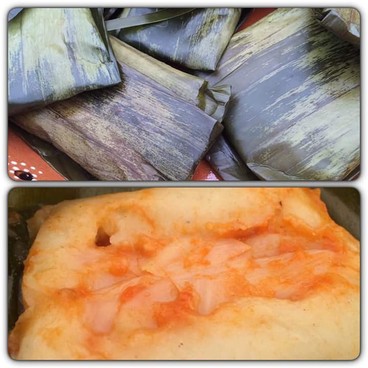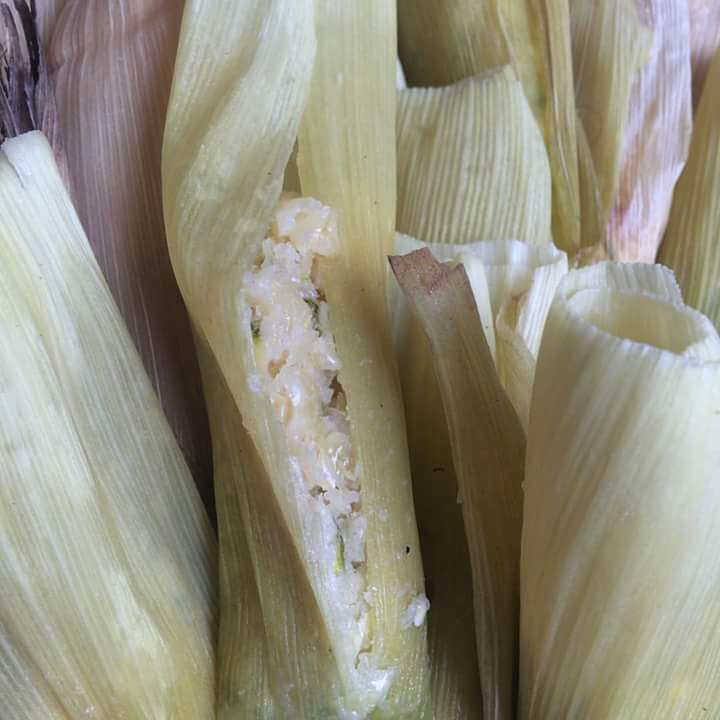To talk about tamales on February 2 is more than mandatory for La Gourmandista, but I had to do some research, hence my publishing until now this post. Very late. I didn’t know much, other than this was a mixed festivity, since there are tamales in a catholic feast. The rest of it was still a mystery to me.
Since I was a child I remember my excitement combined with concern when cutting the Kings’ Cake on January 6. I mean, I loved it, but I was worried of getting the hidden Baby Jesus, for I would be responsible of the Candlemas feast on February 2nd, and since back then I didn’t know how to prepare tamales, I am sure you can understand why I would be ‘stressed’ so to speak. On top of it, that sounded like something extremely difficult. Fortunately, I always ended up being responsible of preparing the pre-hispanic corn-based beverage known as atole, and which was to accompany the dinner we made a tradition at home as the years passed by.

For me, to think about tamales is to remember the stand where my father would go and buy these little cakes wrapped in their own corn husks located in the Colonia Roma in Mexico City. Generally, I would eat the savory assortment, either green salsa, red mole or roasted chili peppers with cheese, rather than the sweet kind. I actually never liked those, but now that I come back to it, I think I really never gave them a chance… maybe I just didn’t like their color. And obviously, choosing the spicy ones would mean suffering with the terrible burning heat and pain derived thereof. Also, and in time, the black bean kind from the state of Veracruz, the Oaxacan style and the green salsa in banana leaf found their way into my preferred selection list. Now, I know there are hundreds of kinds of tamales, but my heart always travels to those, the roasted chili pepper with cheese kind from the stand near the Centro Médico Nacional S.XXI (The National Medical Center) in Mexico City.
Among everything I learned today, it turns out the festivity is to honor Our Lady of Candelaria, the patron of the Canary Islands. It celebrates the Virgin’s purification after giving birth and presenting Baby Jesus in the Temple, since it is at the end of the postpartum quarantine.
Also, in Mexico, this festivity, just like many others, was combined with pre-hispanic roots, since February 2 coincided with the eleventh day of the first month of the antique Aztec calendar which celebrated the ‘helpers’ of Tláloc, the god of rain. These helpers are called tlaloques and the festivity takes place when the cobs of corn were taken to be blessed before they were to be used as the seeds for the new agricultural cycle.
Currently, this is a very popular feast everywhere in the Mexican society. It doesn’t matter if the cook is all poshy, or if it is a street stand with its huge steaming pot; they will all serve their delicacies to every customer who will come to their place of business that day, for everywhere one can see small family reunions, no matter if it’s the middle of the week. In some offices, the management will even look the other way, and the employees organize their small feast. No one will resist ‘tamallis’ on this day; or at least no one that I know, that is.
Being far away from my country, I had to learn how to prepare them, and even though I now know I did some atrocities, I have got to confess they were glorious to us at the time. This year, we are very very late, but I promise this weekend we will surely prepare one of the now known versions. It will mostly depend on which ingredients are available when doing the groceries.

